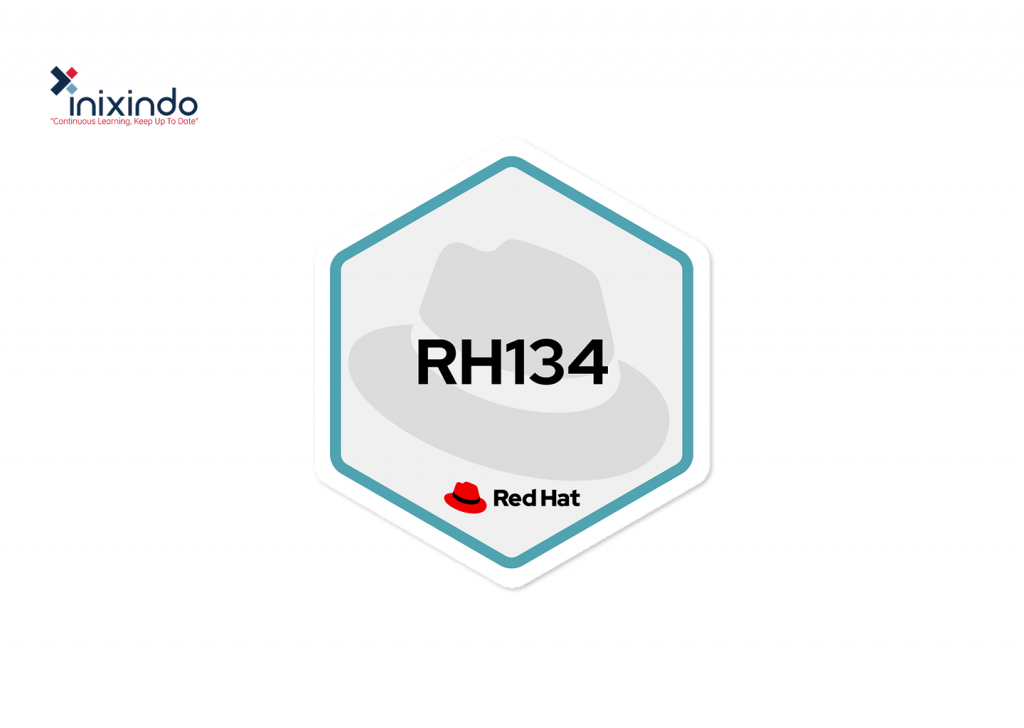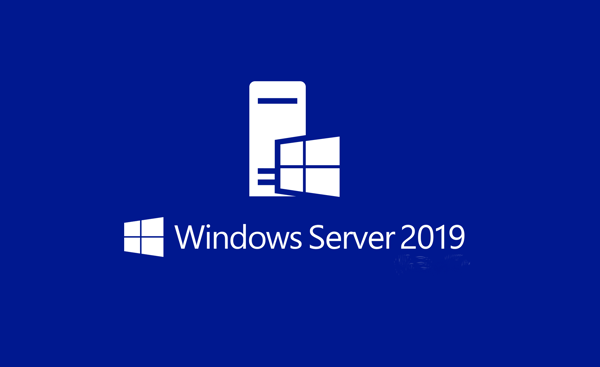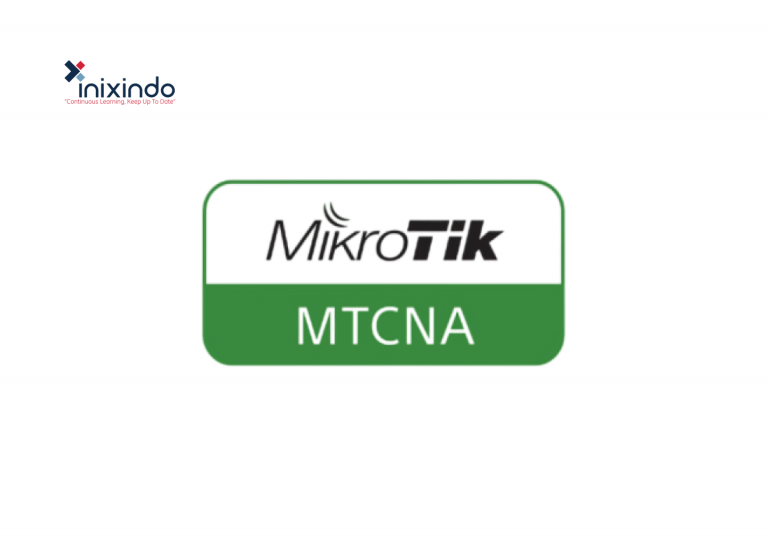Red Hat System Administration II (RH134)
Description
Focuses on the key tasks needed to become a full-time Linux administrator. Red Hat System Administration II (RH134) serves as the second part of the RHCSA training track for IT professionals who have taken Red Hat System Administration I (RH124). The course goes deeper into core Linux system administration skills in storage configuration and management, installation and deployment of Red Hat® Enterprise Linux®, management of security features such as SELinux, control of recurring system tasks, management of the boot process and troubleshooting, basic system tuning, and command-line automation and productivity.
Experienced Linux administrators looking for rapid preparation for the RHCSA certification should instead start with RHCSA Rapid Track (RH199). This course is based on Red Hat Enterprise Linux 8.2.
Course content summary
• Install Red Hat Enterprise Linux using scalable methods
• Access security files, file systems, and networks
• Execute shell scripting and automation techniques
• Manage storage devices, logical volumes, and file systems
• Manage security and system access
• Control the boot process and system services
• Running containers
Student Outcome Statement
As a result of attending this course, students should be able to perform the key tasks needed to become a full-time Linux administrator. Students will be introduced to more advanced administrative topics, such as storage management using LVM, SELinux management, and automated installation. This course goes deeper into enterprise Linux administration, including file systems and partitioning, logical volumes, SELinux, firewall configuration, and troubleshooting.
You should be able to demonstrate these skills
• Install Red Hat Enterprise Linux using Kickstart
• Manage file systems and logical volumes
• Manage scheduled jobs
• Access network file systems
• Manage SELinux
• Control firewalls
• Perform troubleshooting tasks
Garis Besar Pelatihan
• Run commands more efficiently by using advanced features of the Bash shell, shell scripts, and various utilities provided by Red Hat Enterprise Linux.
• Improve system performance by setting tuning parameters and adjusting scheduling priority of processes.
• Interpret and set access control lists (ACLs) on files to handle situations requiring complex user and group access permissions.
• Protect and manage the security of a server by using SELinux.
• Create and manage storage devices, partitions, file systems, and swap spaces from the command line.
• Create and manage logical volumes containing file systems and swap spaces from the command line.
• Manage storage using the Stratis local storage management system and use VDO volumes to optimize storage space in use.
• Use the NFS protocol to administer network-attached storage.
• Manage the boot process to control services offered and to troubleshoot and repair problems.
• Control network connections to services using the system firewall and SELinux rules.
• Install Red Hat Enterprise Linux on servers and virtual machines.
• Obtain, run, and manage simple, lightweight services as containers on a single Red Hat Enterprise Linux server.
• Archive and copy files from one system to another.
• Download, install, update, and manage software packages from Red Hat and yum package repositories.
• Access, inspect, and use existing file systems on storage attached to a Linux server.
• Investigate and resolve issues in the web-based management interface, getting support from Red Hat to help solve problems.
• Review the content covered in this course by completing hands-on exercises

Target Audience
This course is geared toward Windows system administrators, network administrators, and other system administrators who are interested in supplementing current skills or backstopping other team members, in addition to Linux system administrators who are
responsible for these tasks:
• Configuring, installing, upgrading, and maintaining Linux systems using established standards and procedures
• Providing operational support
• Managing systems for monitoring system performance and availability
• Writing and deploying scripts for task automation and system administration
Recommended training
• Successful completion of Red Hat System Administration I (RH124) is recommended.
• Experienced Linux administrators seeking to accelerate their path toward becoming a Red Hat Certified System Administrator should start with the RHCSA Rapid Track course (RH199).
Recommended next course or exam
Material Includes
- 5 hari berinteraksi dengan Instruktur
- Akses e-Learning tanpa batas waktu
- E-Sertifikat
Red Hat System Administration II (RH134)
-
🖥️ Network & Administration
-
🔰 Level: Beginner - Intermediate
-
🌎 Bahasa: Indonesia
-
📜 Sertifikat: E-Sertifikat
-
💻 Akses: e-Learning




